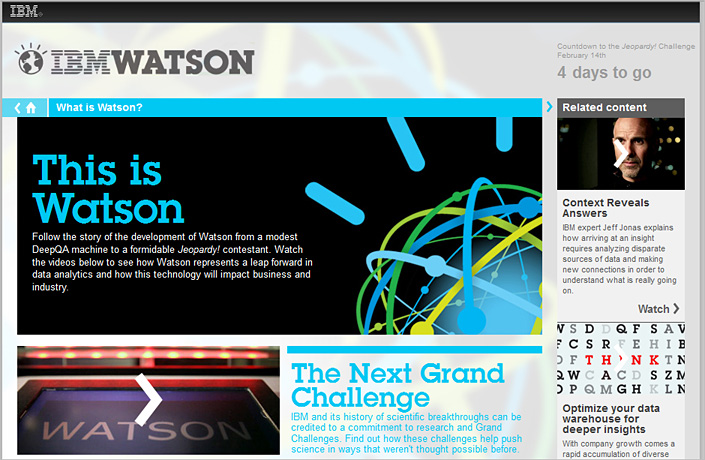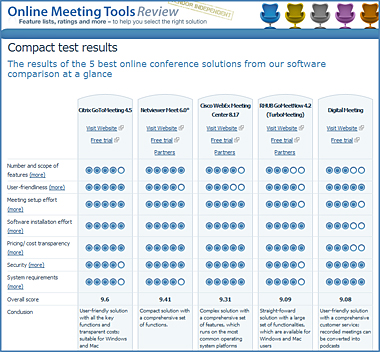Elementary, my dear Watson: Jeopardy computer offers insight into human cognition — from Sentient Developments by George Dvorsky
Also see:
- The DeepQA Project — from IBM; the overarching principles in DeepQA are:
- Massive parallelism:
Exploit massive parallelism in the consideration of multiple interpretations and hypotheses.- Many experts:
Facilitate the integration, application and con-textual evaluation of a wide range of loosely coupled probabilistic question and content analytics.- Pervasive confidence estimation:
No single component commits to an answer; all components produce features and associated confidences, scoring different question and contentinterpretations. An underlying confidence processing substratelearns how to stack and combine the scores.- Integrate shallow and deep knowledge:
Balance the use of strict semantics and shallow semantics, leveraging many loosely formed ontologies.
.













